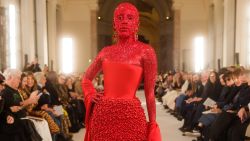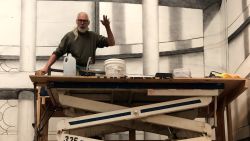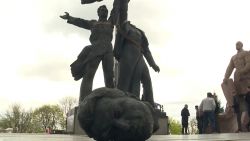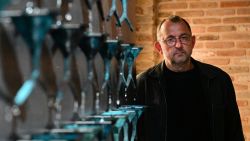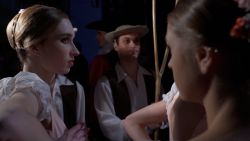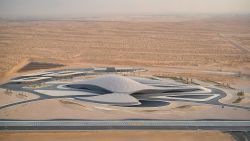Editor’s Note: Photographer and artist Chen Man was CNN Style’s guest editor in 2018. She commissioned a series of features on visual language and imagining the future.
The definition of beauty changes all the time. And sometimes, as society develops, it goes in cycles, like the changing of the four seasons. Not so long ago, Chinese people saw fashion as something that came from the West. Afraid to make “mistakes,” they looked to Europe and America to see which standards had been set. As a result, fashion in China looked pale and blurry.
But now, the Internet, technology and social media have rendered the world flat. Fashion can be accessed from anywhere, with styles from around the world cohabiting and influencing one another. Go to a high-end Beijing department store, for instance, and you’ll see shoppers holding Hermes bags and wearing Chanel tops with Uggs – all while holding a string of Buddhist prayer beads in their hands. Fusion is the future of fashion.
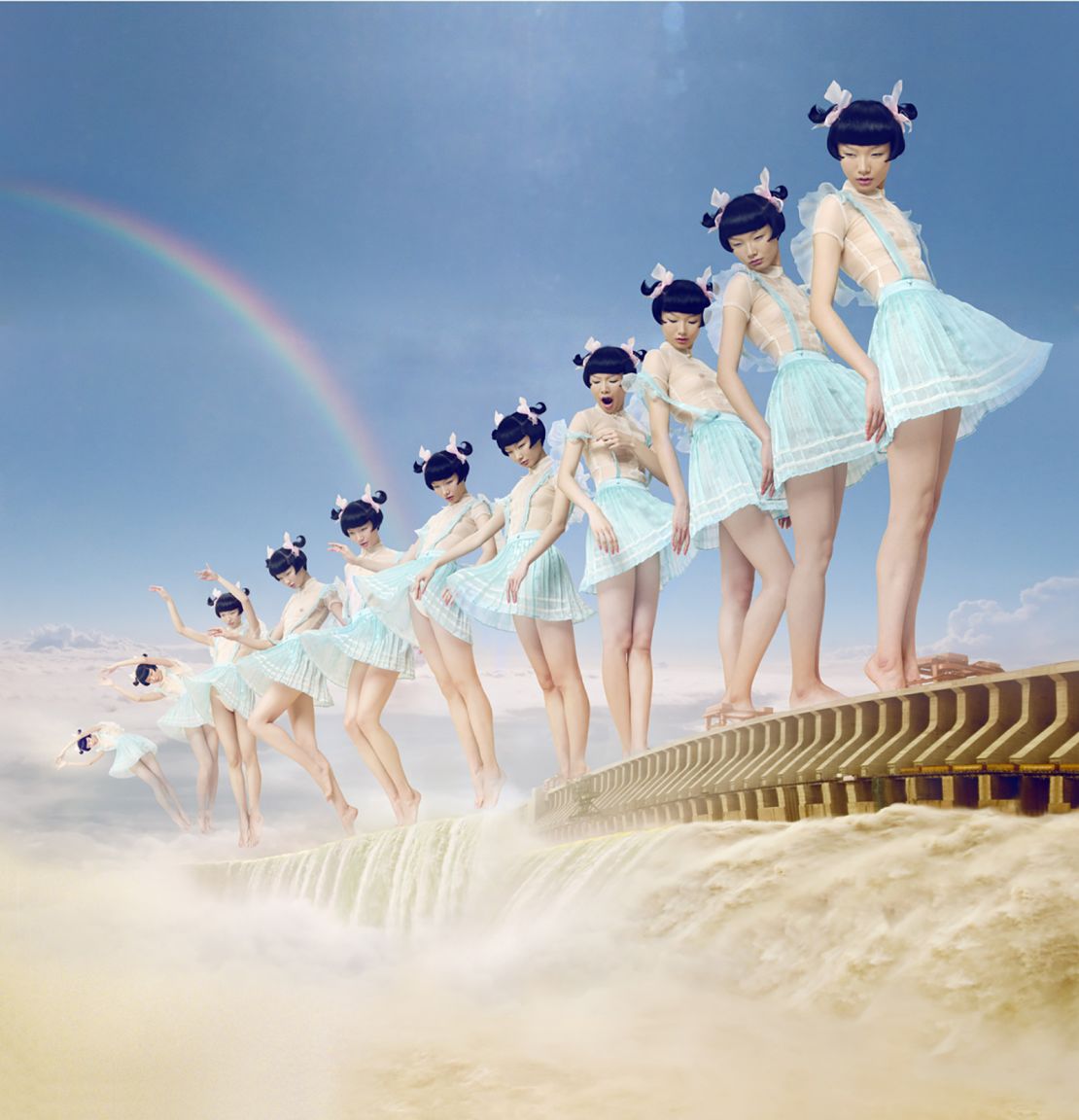
As a visual artist who grew up in this “new” China, I witnessed my generation’s material dreams become a reality. I look to my background for inspiration. But I also believe that repetition is a disease – and I don’t want my work to reinforce stereotypes. Images of dragons and phoenixes are powerful, but when people use them again and again, they lose the power to be fresh or exciting. I want to capture the real contemporary China, not to please people with cliches.
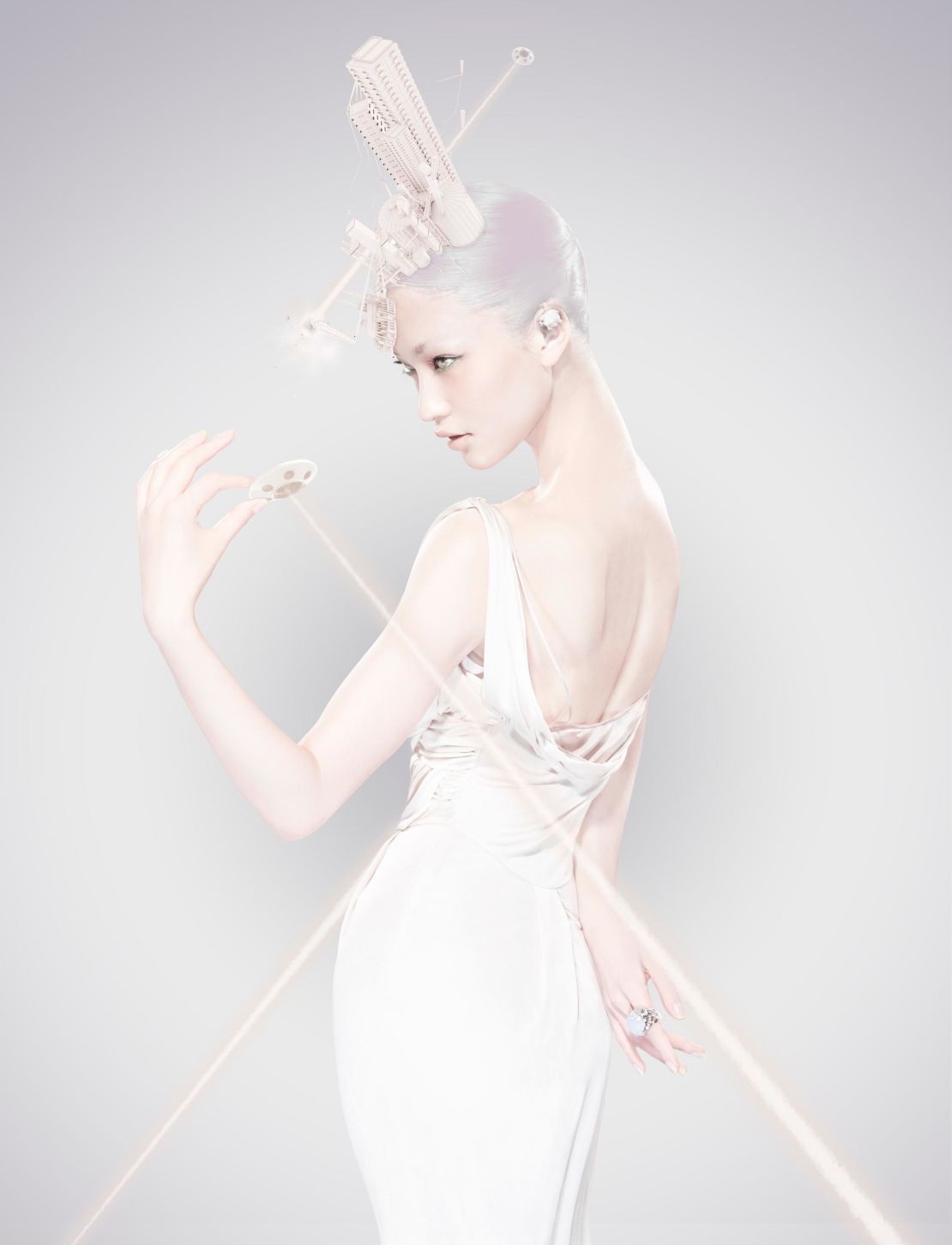
The country my generation now inhabits is no longer isolated from outside information and ideas. I use technology in my photography, and I believe this is the future of visual art. If technology can help artists present things in new and better ways, why shouldn’t we embrace it? There is no need for artists to live in the past. After all, we live in a world where artificial intelligence is so advanced that it can create art free from human input.
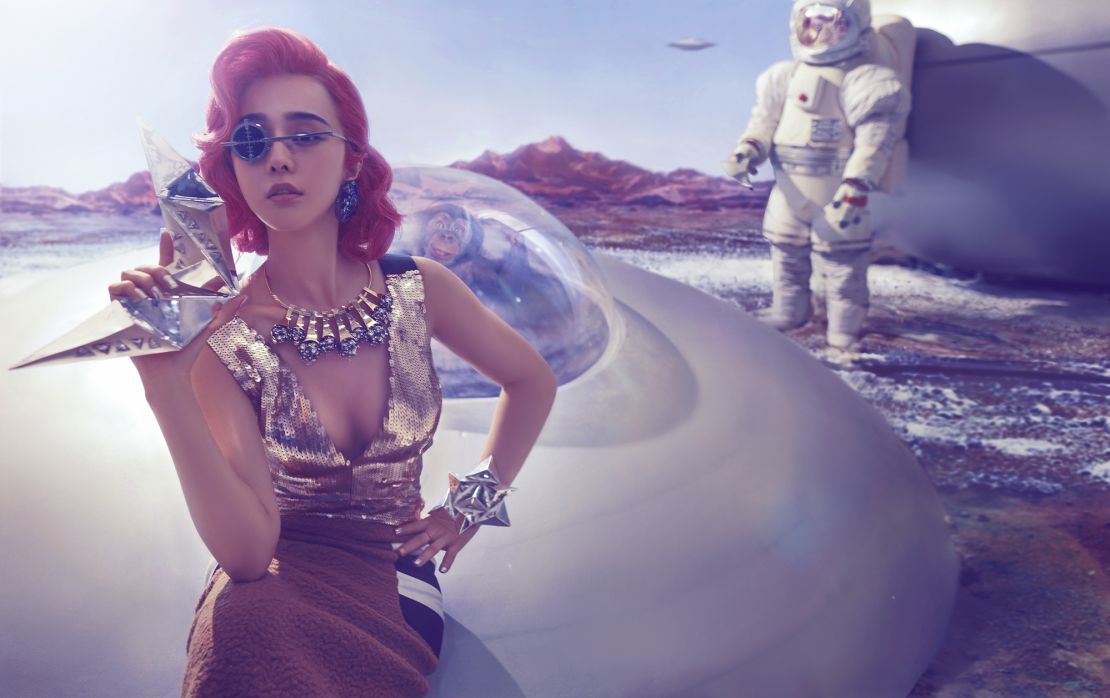
AI is a new species created by humankind. We give it language and the ability to do certain things – just as we do our own children. But, like a child, when AI has matured enough, it will develop its own language and its own abilities.
We may bestow AI with creativity, but that doesn’t mean it can’t be creative in its own right. Artificial thinking and decision-making is rooted in the power and experience of countless human minds, so it’s only logical that this will result in better, bigger and more advanced brains than our own.
It has already created wonderful examples of painting and music. Yet, some critics question whether anything created this way can ever be considered real art. This is because most people have a limited understanding of AI. They see it as unfathomably complex, or the stuff of science fiction. But applying AI to visual art need not be high-tech. Even the simplest of photo processing apps owe their existence to the development of AI, and its applications will only widen in the near future.
Chen Man: China's go-to fashion photographer
This relationship between technology and aesthetics is like that of science and philosophy – in an ideal world, the two walk side by side. Achieving such a balance requires artists to master both, combining art and skill in the process.
Visual language is that which doesn’t need translation. We are born unable to talk, but we can immediately see blue skies, red flowers and human emotion. What we see can make us feel pleased or worried, fearful or safe. For this reason, I believe that in a globalized world, the future should be – and will be – more visual.
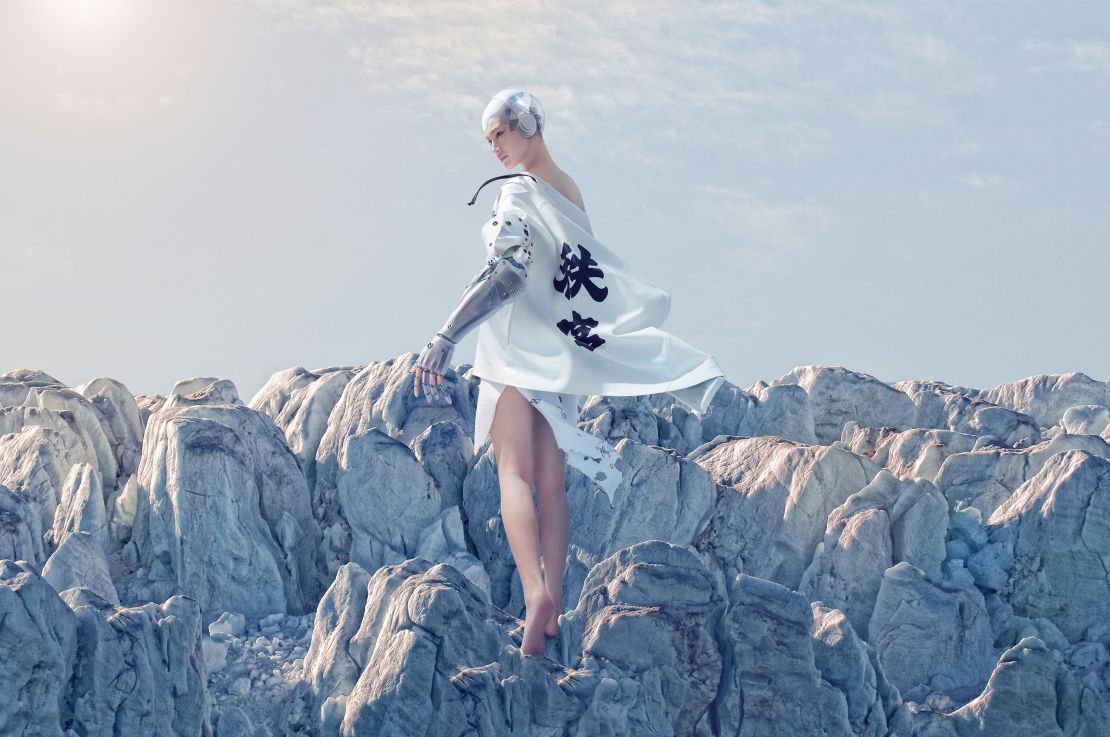
Having said that, I can’t predict what the future of visual art will look like. None of us can. The world changes too fast, and the possibilities of the future will far exceed anything we attempt to envision today. But I can talk about my hopes.
I hope people become better at communicating with their hearts. I hope we focus more on content, not format. I hope that we can all learn from the traditional Chinese values that keep life and nature in harmony. We need to find balance in diversity, like a symphony.
As told to Karoline Kan.


